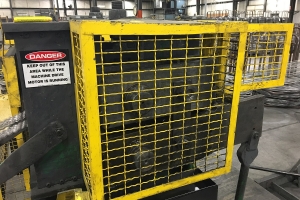OSHA backtracks on noise plan; first major about-face in this administration
OSHA announced Wednesday it was withdrawing a proposed interpretation of noise standards that could have presented some employers with onerous costs to retrofit equipment.
It is the first major about-face for OSHA since it began a dramatic ramp-up of enforcement under the Obama Administration.
Since 1983, OSHA in most cases has not cited employers who used personal protective equipment and a hearing conservation program to address noise rather than engineering and administrative controls. The exceptions have been for noise so loud that it borders on 100 dBA when the most effective hearing protection is used or in cases where the controls cost less than an effective hearing conservation program. In practice, controls are almost always more expensive, so citations for failure to use them have been rare.
OSHA proposed last fall to change that approach and interpret the noise standards as written. Those standards call on employers to reduce excessive noise with “feasible” administrative or engineering controls.
Under the new approach, now withdrawn, OSHA said administrative or engineering controls would be considered economically feasible “if they will not threaten the employer’s ability to remain in business or if the threat to viability results from the employer’s having failed to keep up with industry safety and health standards.”
In practice that could have meant the installation of expensive engineering controls or the construction of enclosures around equipment.
In withdrawing the proposal, David Michaels, Assistant Secretary of Labor for OSHA, said:
“It is clear from the concerns raised about this proposal that addressing this problem requires much more public outreach and many more resources than we had originally anticipated. We are sensitive to the possible costs associated with improving worker protection and have decided to suspend work on this proposed modification while we study other approaches to abating workplace noise hazards.”
OSHA said it would also initiate an outreach and compliance assistance effort to help businesses take advantage of “the many inexpensive, effective engineering controls for dangerous noise levels.”


